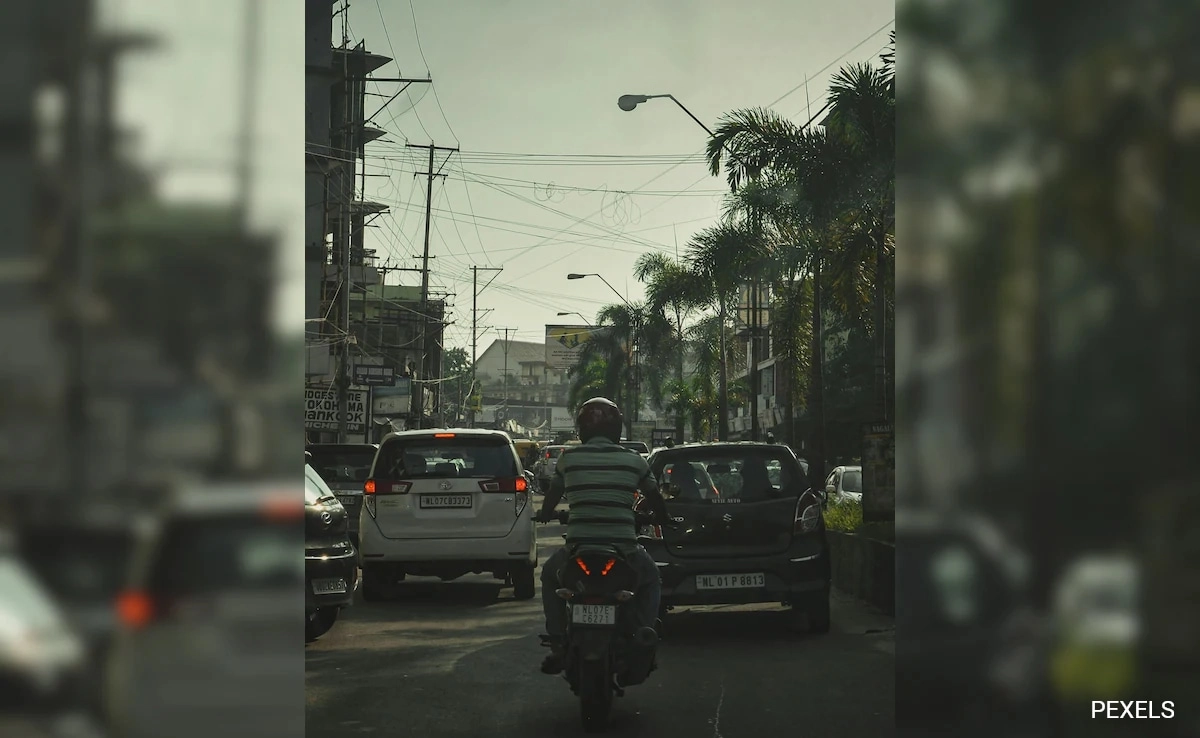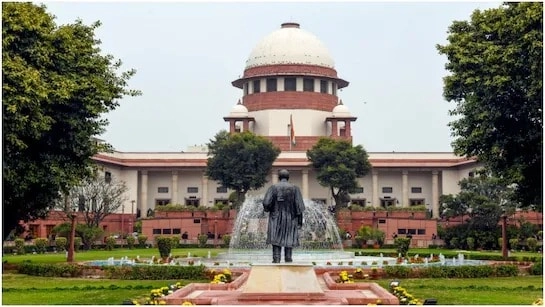In a recent statement, DK Shivakumar, the Deputy Chief Minister of Karnataka, addressed the tragic incident involving the death of a student in Bengaluru. The incident, which had drawn significant public attention and concern, led to widespread speculation about the role of the city’s notorious potholes in the unfortunate event. However, Shivakumar was quick to clarify the situation, declaring that the pothole was not responsible for the student’s demise. His assertion sparked a mix of reactions from the public, with many questioning the adequacy of the city’s infrastructure and the government’s accountability regarding road safety.
Shivakumar emphasized that while the condition of the roads in Bengaluru is indeed a pressing issue, the specific case in question did not involve a direct correlation between the pothole and the student’s death. He acknowledged the public’s frustrations over the state of urban infrastructure, particularly in a city that has been facing infrastructural challenges for years. The Deputy Chief Minister’s comments come at a time when road safety is under heightened scrutiny, as citizens increasingly demand improvements to prevent accidents and ensure safer travel for all.
The discussion surrounding this incident also highlights a broader conversation about the responsibilities of local government in maintaining public infrastructure. Potholes and poorly maintained roads are not just inconveniences; they pose serious risks to pedestrians and drivers alike. As the city grapples with rapid urbanization and increased traffic, the government must prioritize road repairs and enhancements to mitigate such tragedies in the future. While Shivakumar’s statement may provide some clarity regarding the specific incident, it also underscores the urgent need for comprehensive solutions to improve Bengaluru’s road conditions and ensure the safety of its residents.
Ultimately, the incident serves as a reminder of the importance of proactive governance and the necessity for proper maintenance of public infrastructure. As citizens continue to advocate for safer roads, it is crucial for government officials to engage with the community and address these pressing issues head-on. The tragic loss of life should serve as a catalyst for change, pushing authorities to take decisive action in improving the city’s infrastructure and preventing future accidents.




